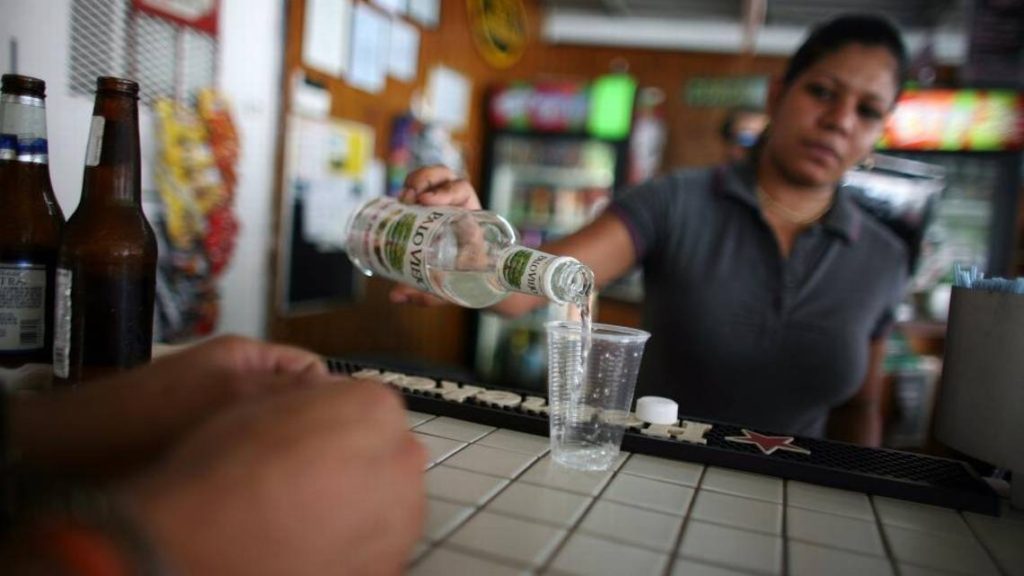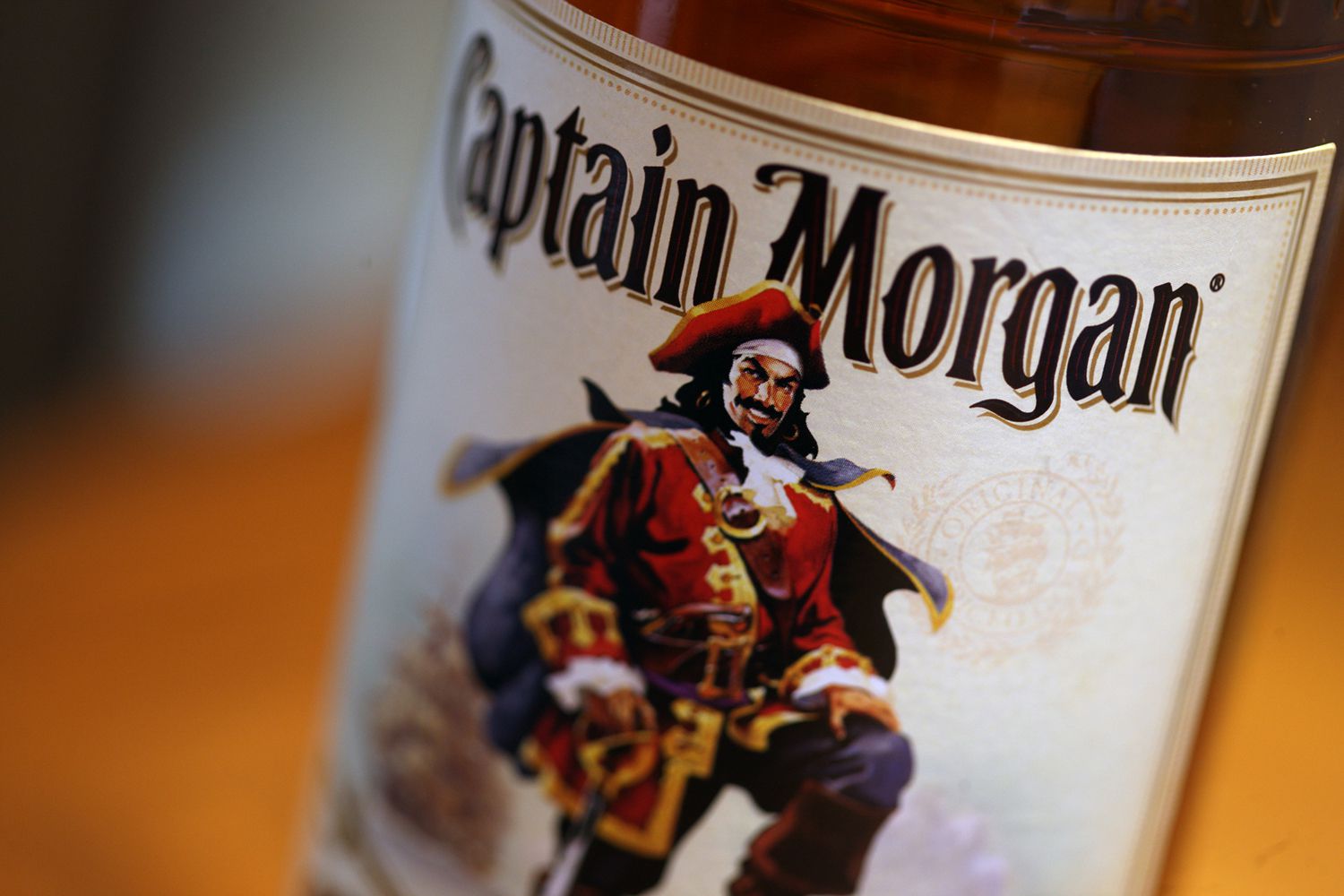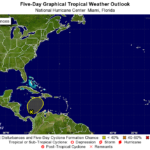WASHINGTON — A shot of rum to help the Virgin Islands and Puerto Rico?
So says the U.S. tax code, which since 1917 has included a provision that sends taxpayer money back to the islands for every bottle of rum produced here and sold on the mainland
After this year’s devastating hurricane season, Florida lawmakers want to use the Republican tax bill to boost the amount of money the islands receive from rum exports.
But fiscal conservatives — led by the Koch brothers’ influential political arm — are urging Senate Republicans to resist Florida’s urge to boost the payout.
Once you start going down that road, you’re going to have everybody pile on,” Bill Riggs of Koch’s Freedom Partners said of amendments that single out industries. “Then you’re right back to the mess of a tax code they’re trying to fix in the first place.”
The House tax bill coming up for a vote on Thursday includes a measure supported by Rep. Carlos Curbelo, a Miami-area Republican, directing more tax dollars from the production of rum to the two territories until 2023. The Senate bill, still under debate, does not include the measure, but Democratic Sens. Bill Nelson of Florida and Bob Mendendez of New Jersey have introduced an amendment that would make the tax break permanent.
Americans for Prosperity and Freedom Partners, which have championed the GOP tax plan, included the rum provision in a list of amendments they said would “award corporate welfare to special interests,” primarily rum distillers.
The conservative groups, which also warned against embracing special provisions for “green energy” industries such as wind and solar and tax credits for refined coal and nuclear energy, view the tax measure as a gift to special interests, who have lobbied to protect their favorite breaks as lawmakers look to trim the tax code.
Under the law, the federal government reimburses the island governments for the tax paid on rum produced on the island, or elsewhere, and sold to the U.S. mainland. But critics charge that it’s a giant bonus for rum distillers on the islands who receive subsidies from the island governments.
The U.S. charges rum makers on the islands an excise tax of $13.50 for every proof gallon they produce and sell on the mainland.
Until Dec. 31, 2016 when a tax bill expired, the federal government had sent back $13.25 for every gallon to the two island governments which decide how to spend the money. That figure is now $10.50 of the $13.50, but the Florida lawmakers would restore the give back to the original rate.
Puerto Rico received $358 million from the tax in fiscal year 2017. Had the full $13.25 been given to Puerto Rico that year, its total would have been $393 million. The Virgin Islands received $191 million; it would have received $218 million.
Nelson said the restoration could not be more timely, given the damage caused by Hurricane Maria, which tore across the islands in September, leaving them in tatters.
“To resurrect Puerto Rico financially, it’s in such difficulty .. we ought to encourage that rum industry,” Nelson said. “Do we want to help our American citizens in Puerto Rico?”
Proponents of restoring the full tax measure note that a bipartisan congressional task force that looked at ways to aid Puerto Rico — which Sen. Orrin Hatch chaired and Nelson was a member of — recommended last December that Congress fully restore the provisions “to help the two territories provide essential public services.” The task force noted at the time that Puerto Rico was struggling to pay for its health, education and public safety programs and that failure to extend the measure “will cause harm.”
Yet a recent Congressional Research Service report found that the payments are often used by the governments “to support economic development projects for the rum industries” in their territories.
A February report by the Center for Investigative Journalism found the Puerto Rican government in the last six years had transferred $554.8 million to three rum producers, with most of that going to Bacardí’, which it noted is a “multinational company that has 27 facilities in 16 markets on four continents.”




